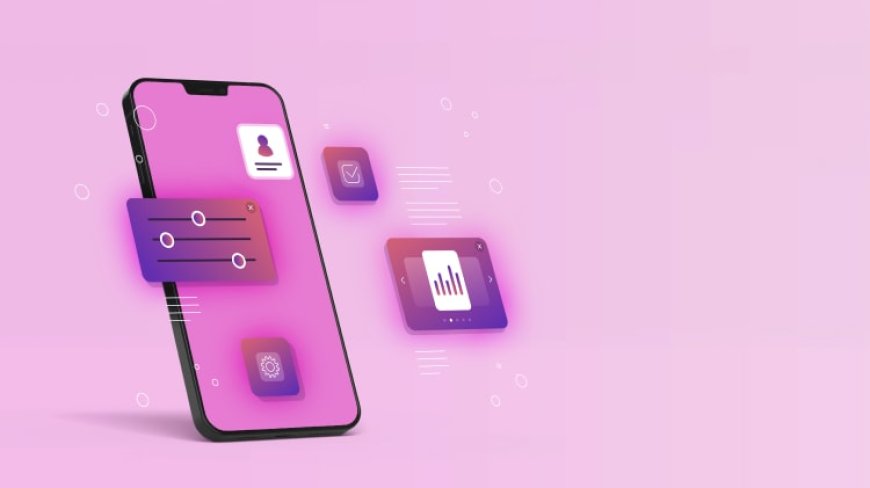7 Easy Steps to Android App Development Success

Android app development is a vital skill in today's tech-driven world. With billions of Android users globally, developing apps for this platform offers an unparalleled opportunity to reach a wide audience and create impactful digital solutions. This guide aims to provide a comprehensive, step-by-step approach to understanding the basics of Android app development. From choosing the right development approach to the final deployment of your app, we will cover all the essential aspects to help you get started and succeed in this field.
Steps to Android Development Success
#1. Setup Your Development Environment:
Download and Install Android Studio: The official IDE provides the necessary tools to start Android development.
Install the Android SDK: The Software Development Kit includes libraries, APIs, and command-line tools necessary for building and testing Android apps.
Configure the Emulator or Connect a Physical Device: Use the Android Emulator for testing or connect a physical Android device via USB for real-world testing.
#2. Learn the Basics:
Understand Java or Kotlin: Gain proficiency in either Java or Kotlin. Online courses, tutorials, and documentation can be extremely helpful.
Familiarize Yourself with Android Components: Understand the core components of an Android app, including Activities, Fragments, Services, Broadcast Receivers, and Content Providers.
#3. Design the User Interface (UI):
Use XML for Layout Design: Define the app's UI using XML, which separates the UI design from the code logic.
Follow Android’s Design Guidelines: Use Material Design principles to create intuitive and visually appealing interfaces.
Implement Responsive Design: Ensure your app looks good on various screen sizes and orientations by using flexible layouts and design patterns.
#4. Develop the App:
Write Code for Core Functionality: Implement the logic and features of your app using Java or Kotlin.
Integrate Necessary Libraries and Frameworks: Use libraries like Retrofit for networking, Glide for image loading, and Room for database management.
Implement Core Features and Services: Develop essential features such as user authentication, data synchronization, and background processing.
#5. Test Your App:
Conduct Unit Testing and UI Testing: Write tests to ensure your app functions correctly and the UI behaves as expected.
Use Android Debug Bridge (ADB) for Debugging: ADB allows you to communicate with your device and debug your app in real-time.
Ensure Compatibility Across Different Devices and Android Versions: Test your app on various devices and Android versions to ensure a consistent user experience.
#6. Optimize Performance:
Monitor and Improve Performance Using Profiling Tools: Use Android Studio's profiling tools to identify and fix performance bottlenecks.
Optimize Memory Usage and Battery Consumption: Write efficient code to minimize memory usage and enhance battery life.
Enhance App Speed and Responsiveness: Optimize your app’s responsiveness by reducing UI lag and improving load times.
#7. Deploy Your App:
Prepare Your App for Release: Create a signed APK or AAB (Android App Bundle) and configure necessary settings like versioning and permissions.
Publish the App on the Google Play Store: Follow the guidelines to submit your app to the Play Store, including creating a developer account, setting up a store listing, and complying with content policies.
Follow Post-Launch Activities: Monitor app performance using analytics tools, gather user feedback, and release updates to fix bugs and add new features.
Conclusion
Understanding the basics of Android app development is the first step toward creating successful applications. By following a structured development process, leveraging the expertise of professional developers, and being aware of the platform's advantages and challenges, you can develop robust and engaging Android apps. Whether you choose to go the native route with Java or Kotlin or opt for cross-platform development with Flutter or React Native, the key is to stay updated with the latest trends and continuously improve your skills.
To get more info: Understanding the Basics of Android App Development
What's Your Reaction?



















![Safe Abortion pills[[+971521786258]] Doha Qatar/Ar Rayyan Qatar/Umm Salal Mu?ammad Qatar/Al Wakrah](https://news.bangboxonline.com/uploads/images/202501/image_430x256_679bc869b24fb.jpg)



